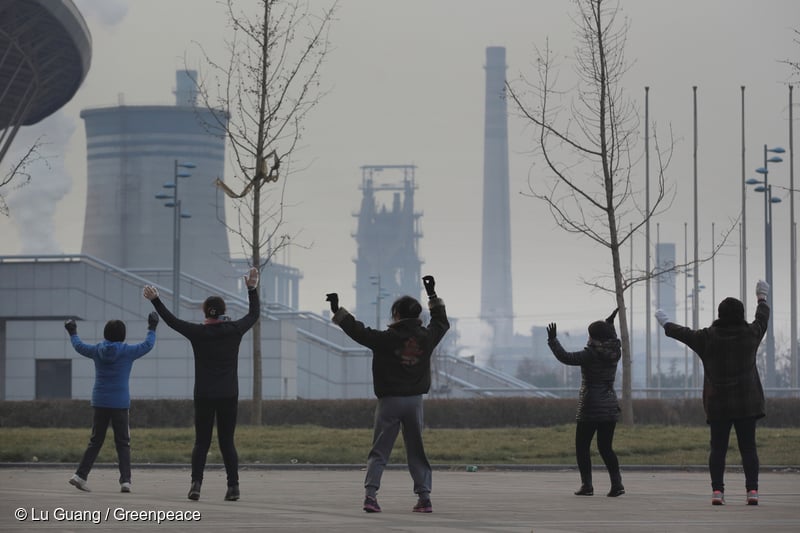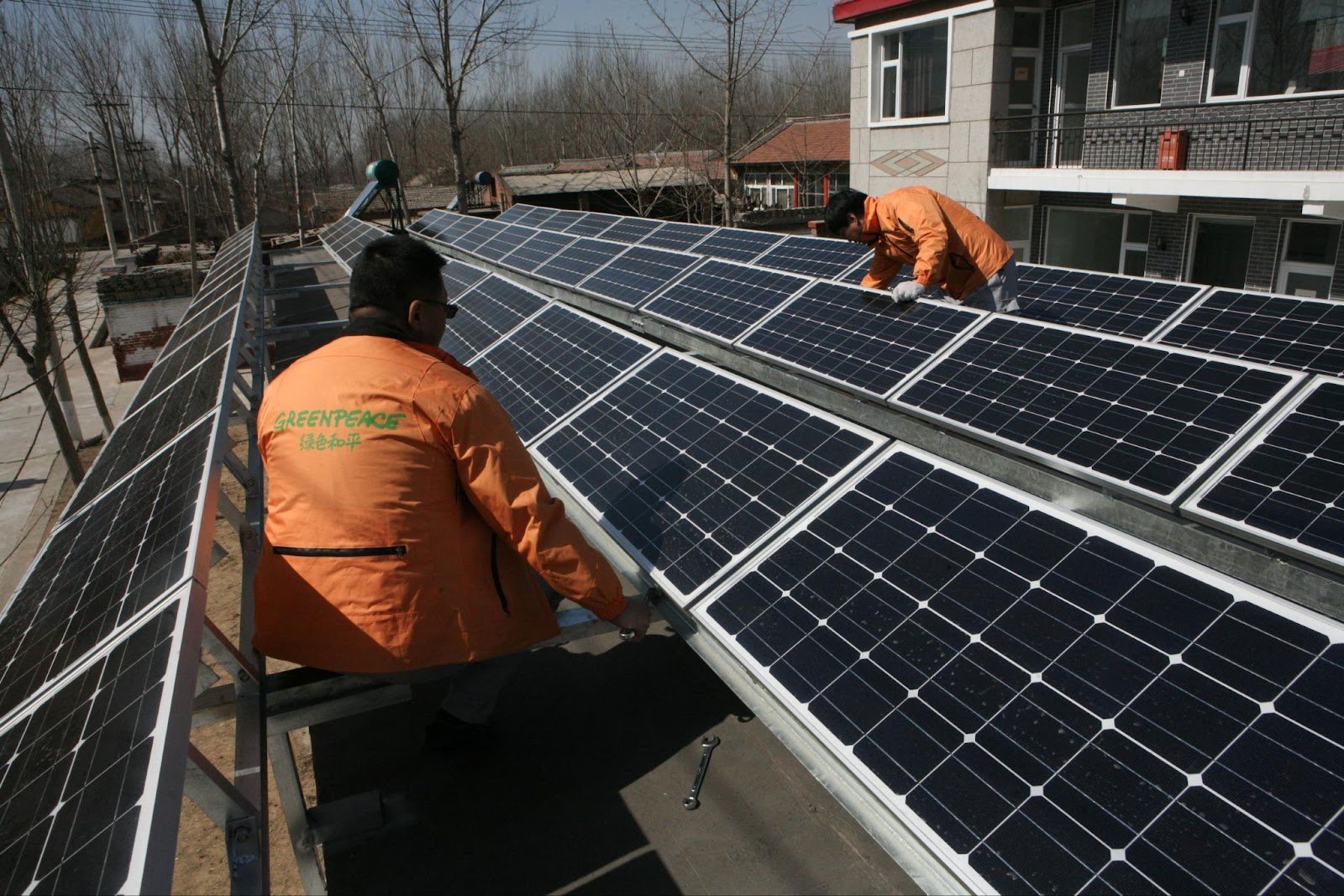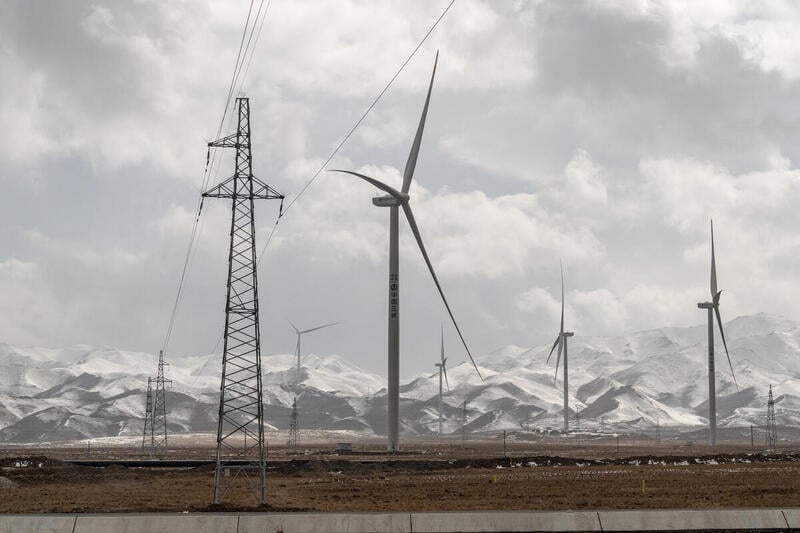After analyzing the thermal-power (coal-power) related phemonenon and data of the power sector in 2015, the mismatching of use and resources remains complex. With a 2.3% annual drop in thermal power generation and only 0.5% growth in total electricity consumption, the addition of installed capacity of coal-fired plants is incompatible with demand at 52,000 megawatts (MW) capacity.
This has been shown by independent analyses from both Greenpeace and the CoalSwarm Project, indicating that there is approximately 73-79 GW capacity currently under construciton, which collectively represents significant growth compared to increases recorded in the previous year. Such discord in supply and demand is further illustrated by the total installed capcacity of coal-fired plant projects under the Environment Impact Assessment (EIA) approval announced by either Ministry of Envrionmental Protection or its provincial counterparts in 2015.
The total capacity announceed amounts to 169GW of which 159GW has been granted or pre-granted the EIA approval. This represents a sifnificant increase when compared with the total EIA-approved installed capcity for the same period in the preceding year- which was 48GW.
Additionally, the annual thermal power utilization hours are only 4,29 hours, which is down 410 hours year-on-year and the lowest since 1969. With these weak demands, over-capacity, and declining operational efficiency, the thermal power sector- especially the coal power sector- appears to take advantage of this apparent impbalance between the coal price and tariff to continue to reap high profits.
In March of 2016, the National Development and Reform Commission (NDRC) and the National Energy Administration (NEA) jointly issued a critical document to urge all local governmnets and enterprises to slow the pace in coal-fired power construction in order to cope with the increasingly severe situation of over-capacity and to alleviate the operational risks in the energy industry created as a result.
However, despite these efforts, severe coal power over-capacity has continued to occur mainly due to two reasons. On one hand, since January 2014 to March 2015, the approval authorization of all projects for regular coal-fired power generation plants were delegated to provincial institutions from the NEA, the NDRC and the Ministry of Environmental Protection (MEP) repectively. On the other hand, guaranteed investment return fueled by the obvious economic advantages of coal power, the current low coal price and the high on-grid tariff has faciliated the growth of the addition of installed capacity of coal power well in excess of actual needs.



